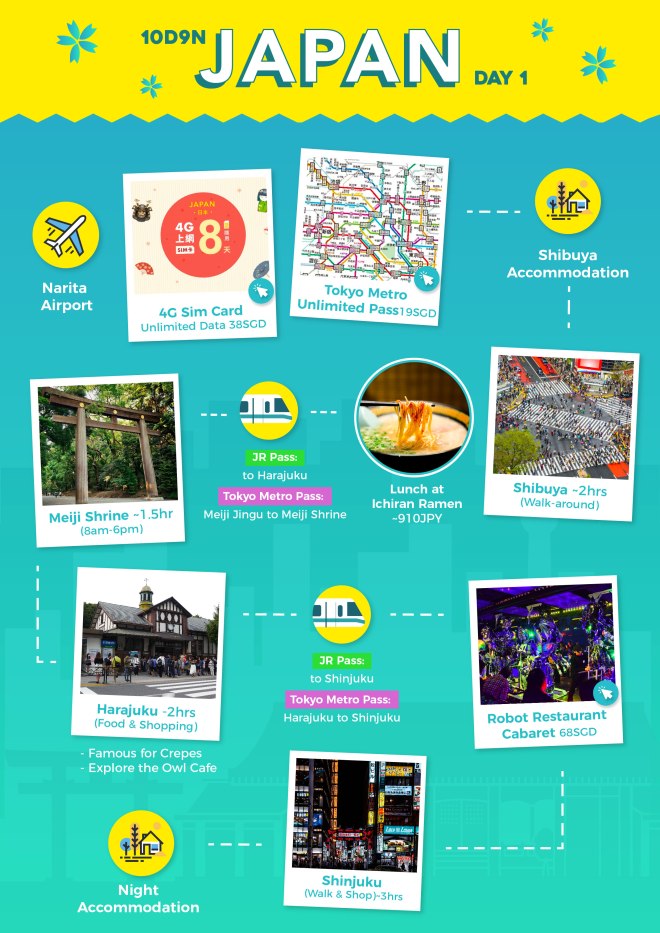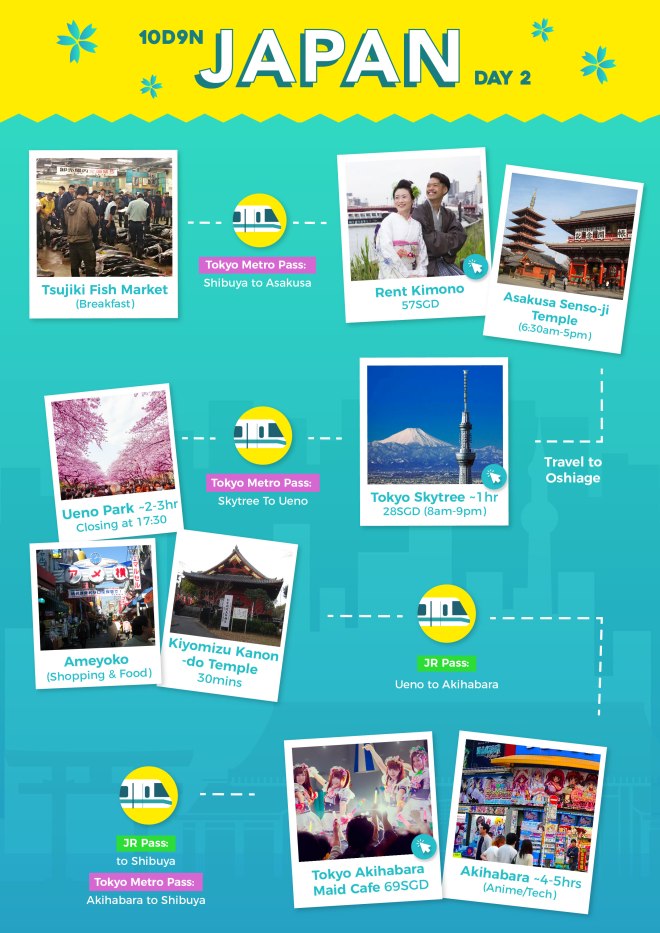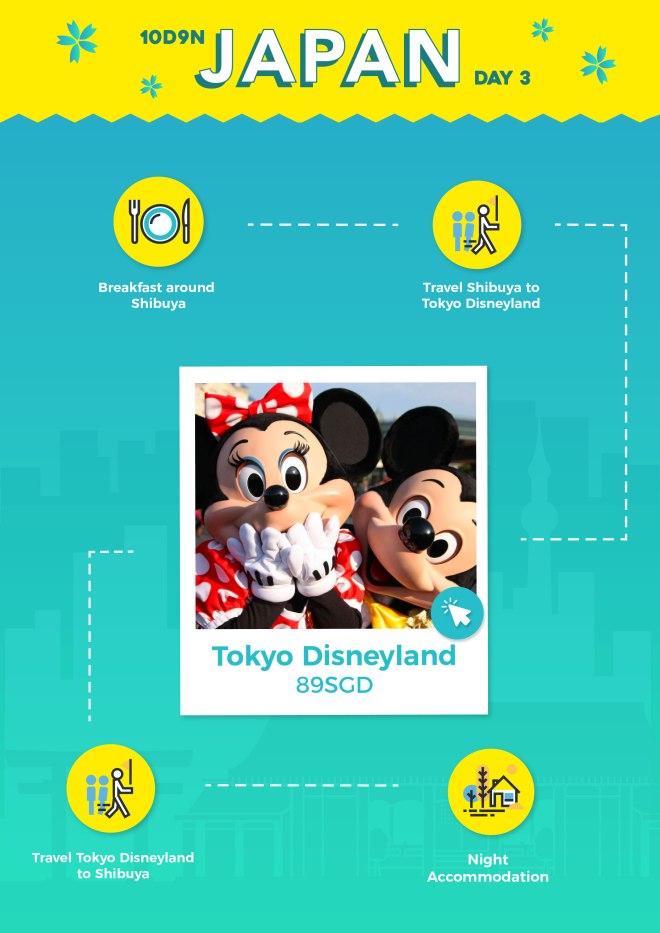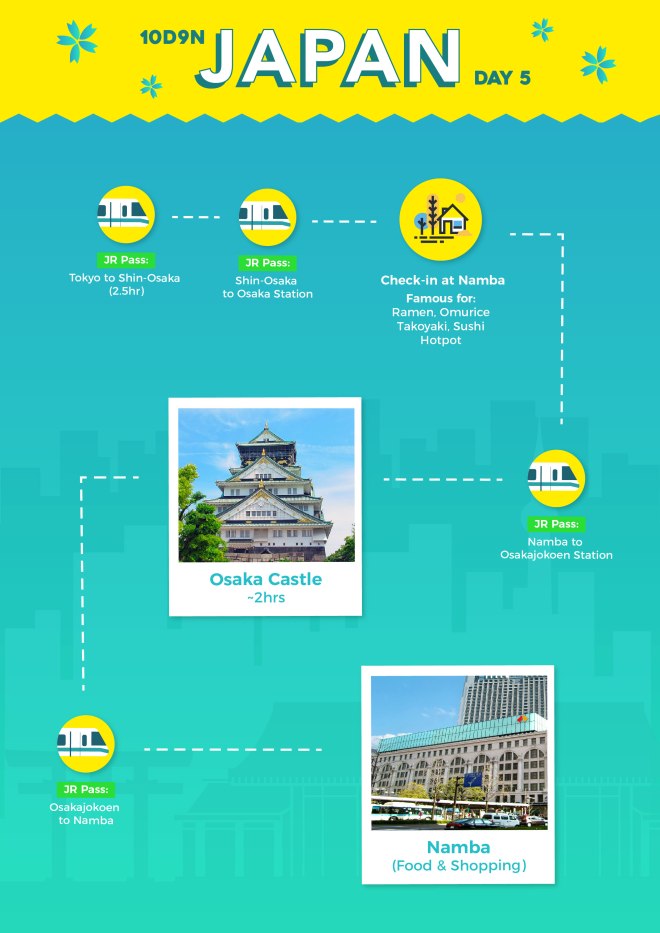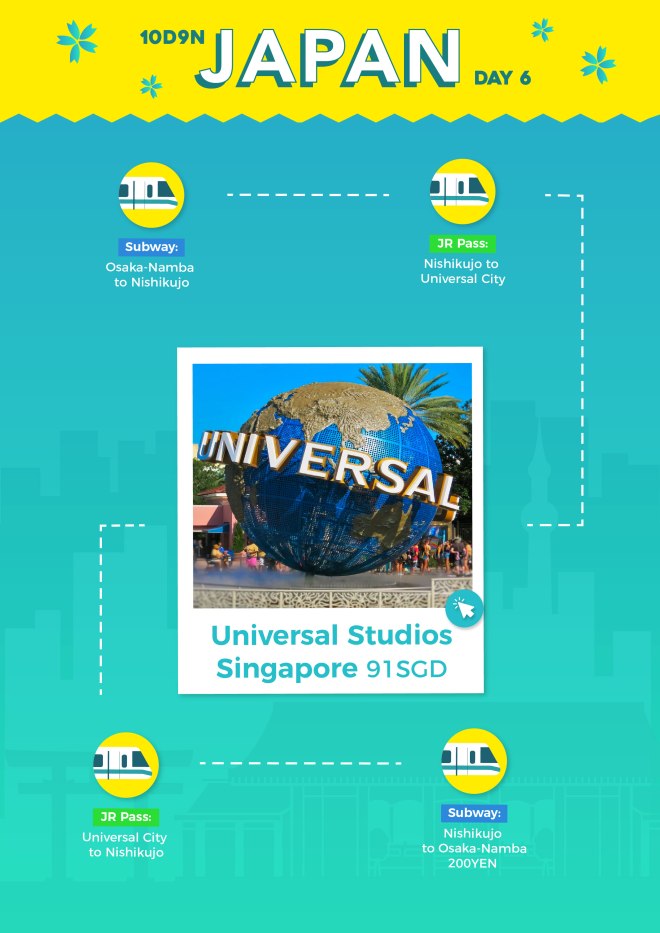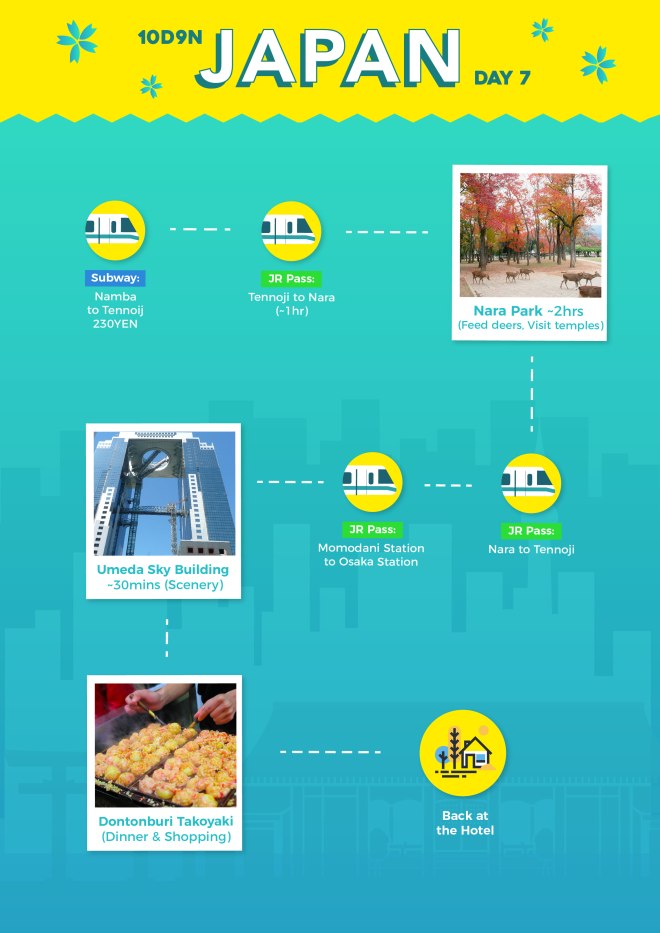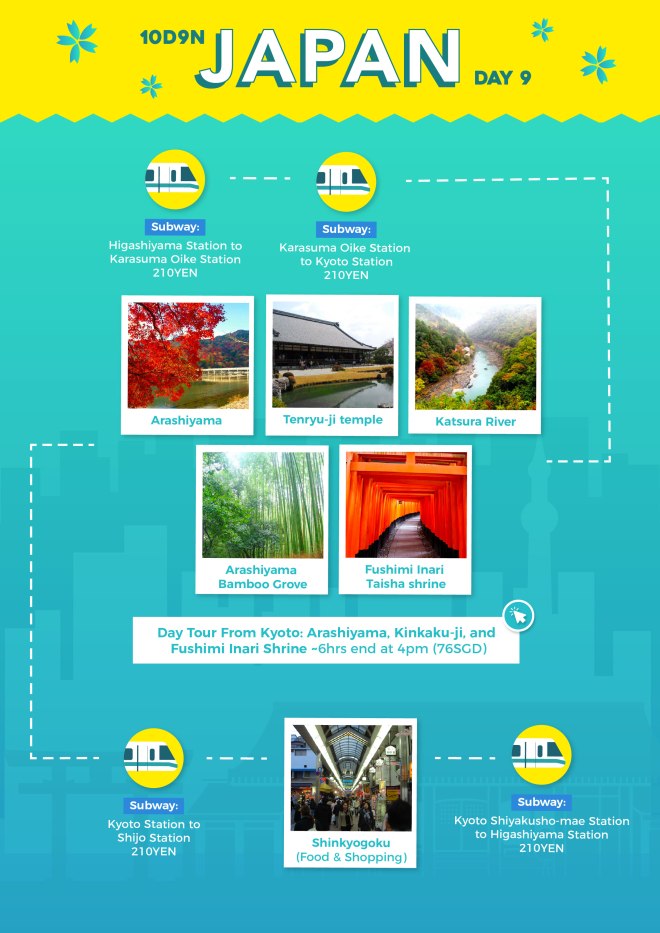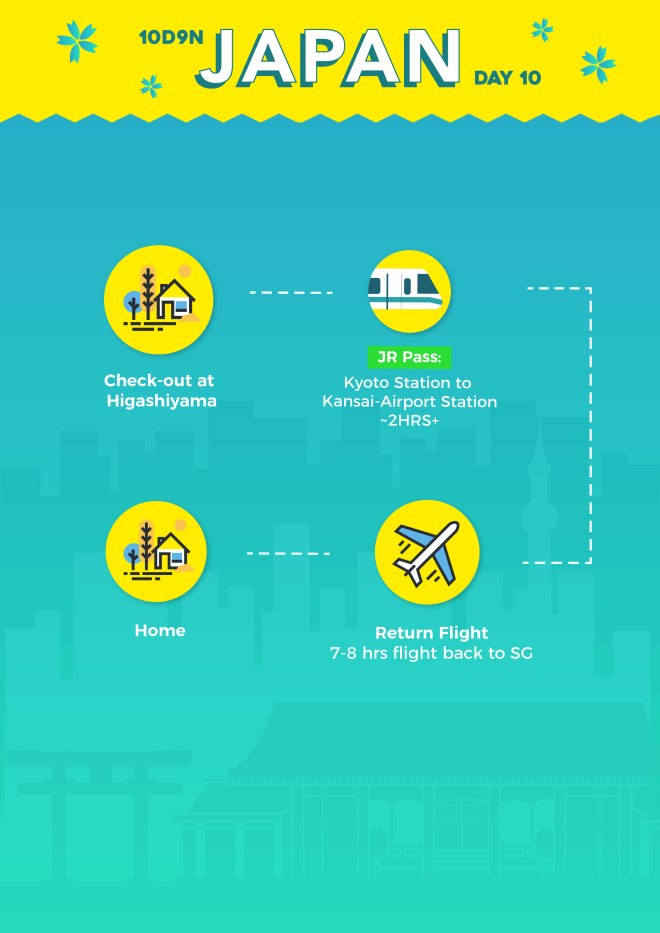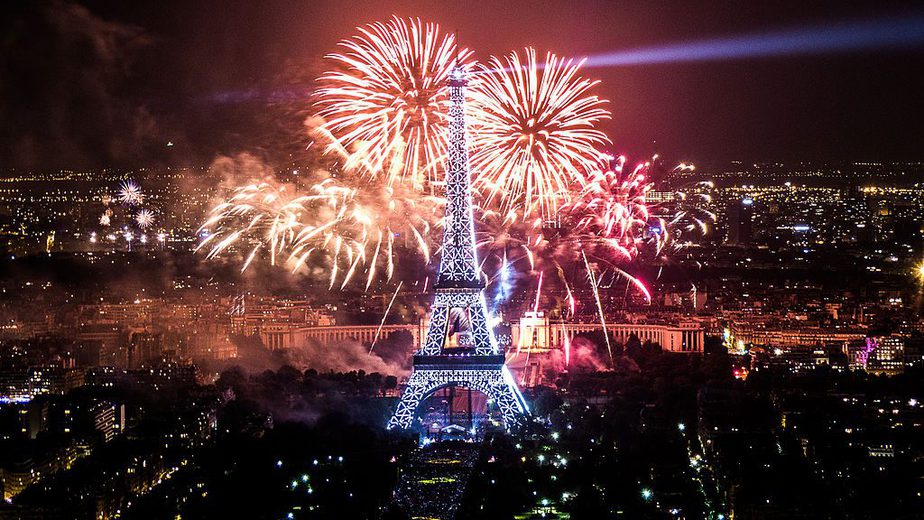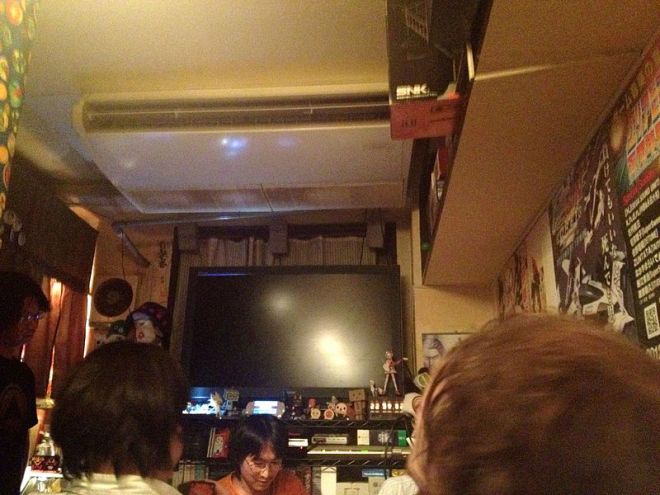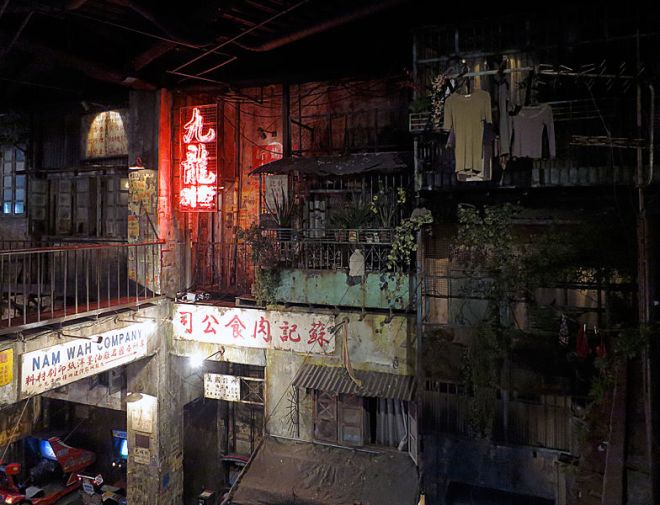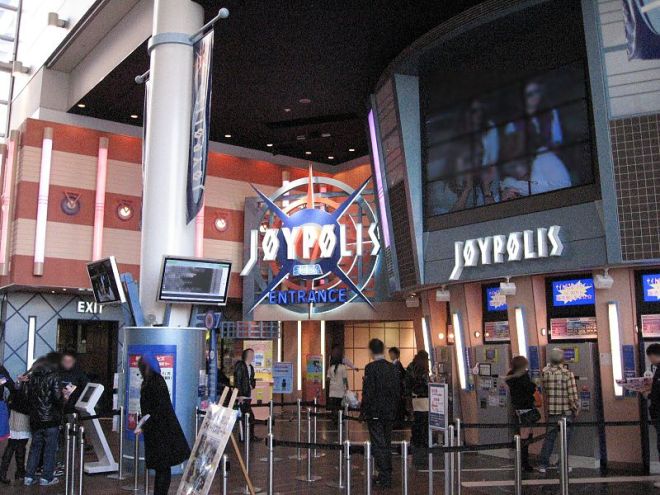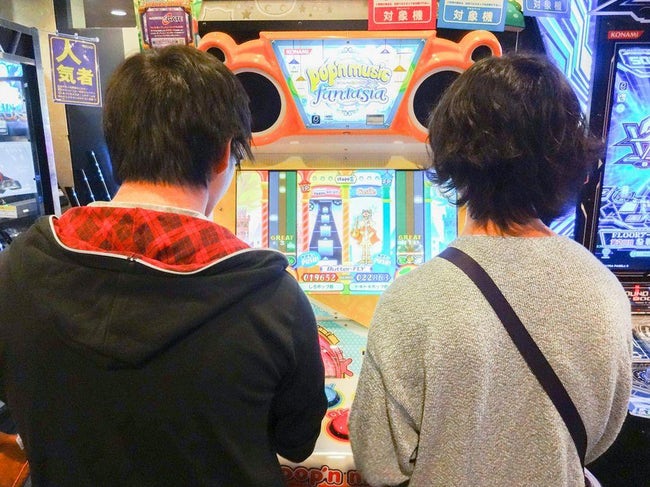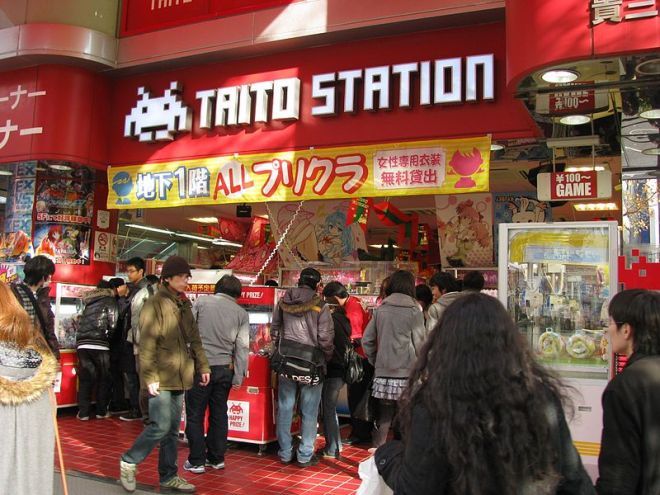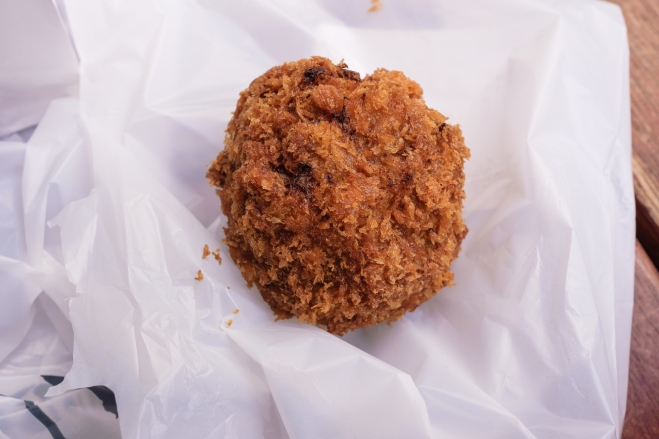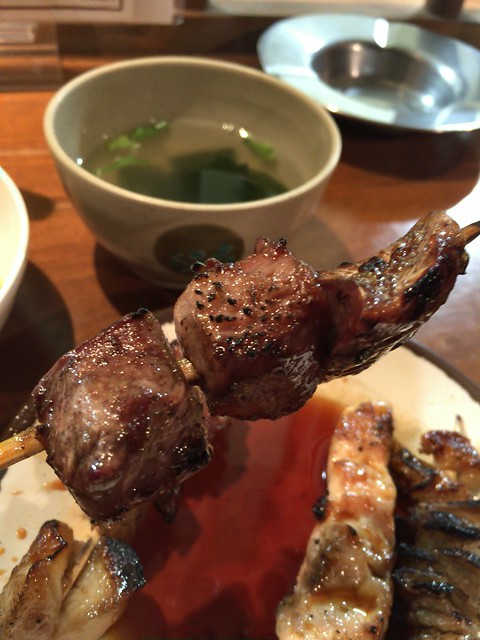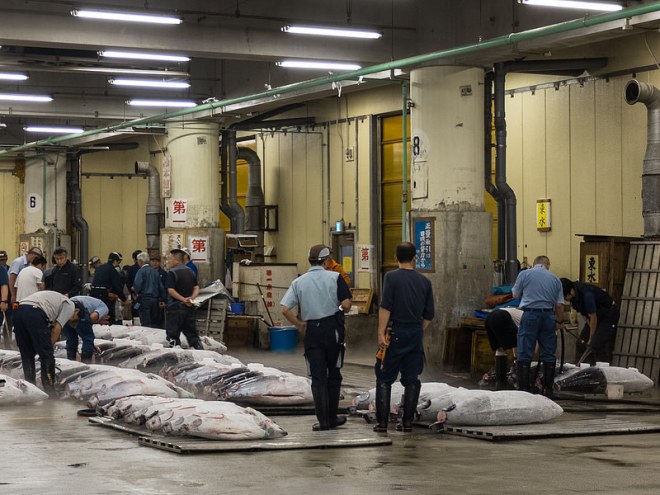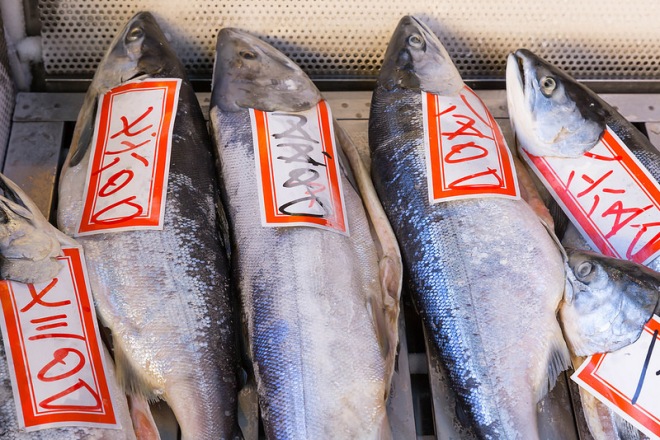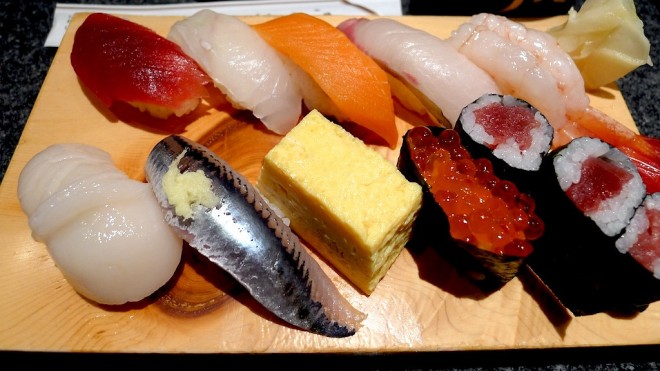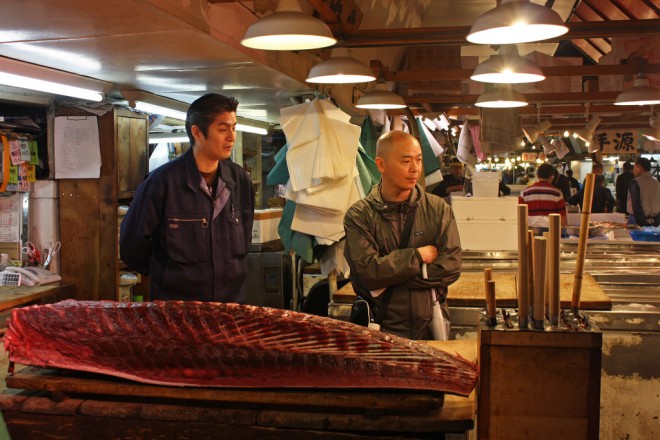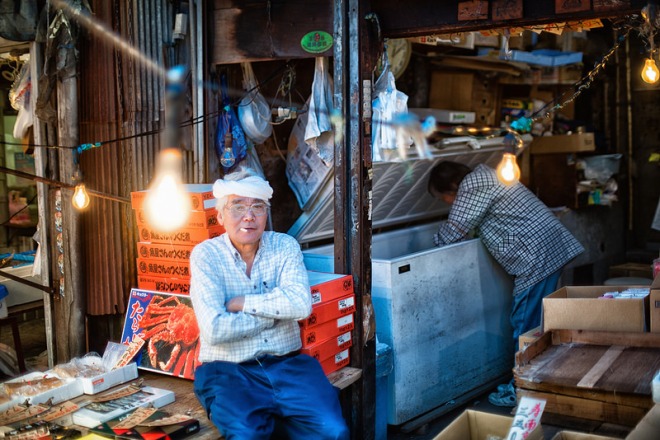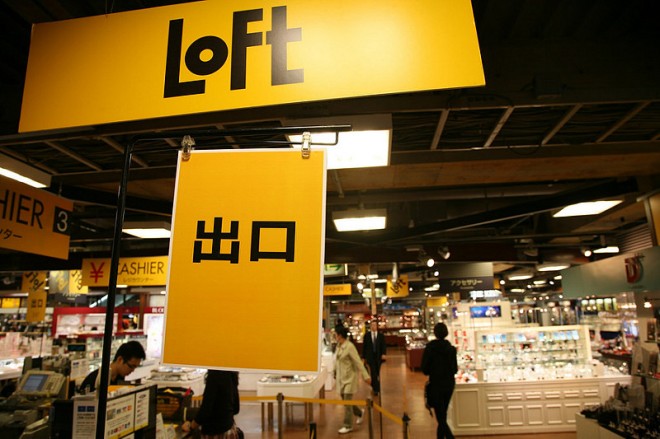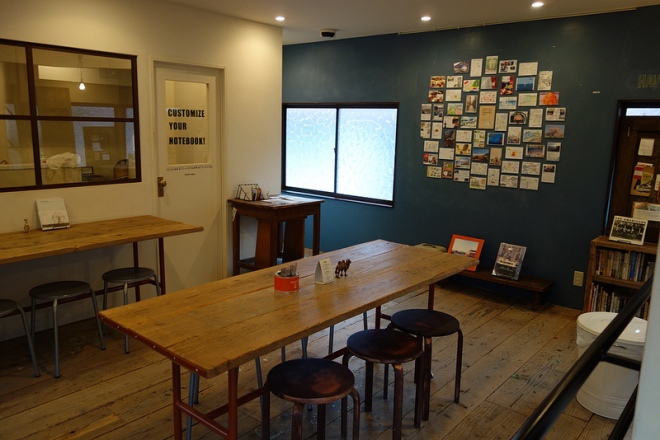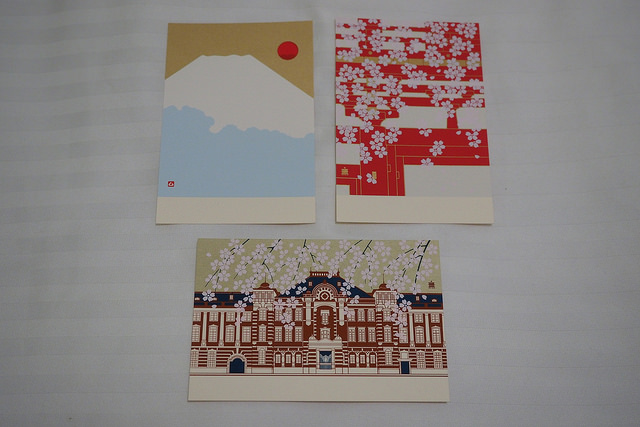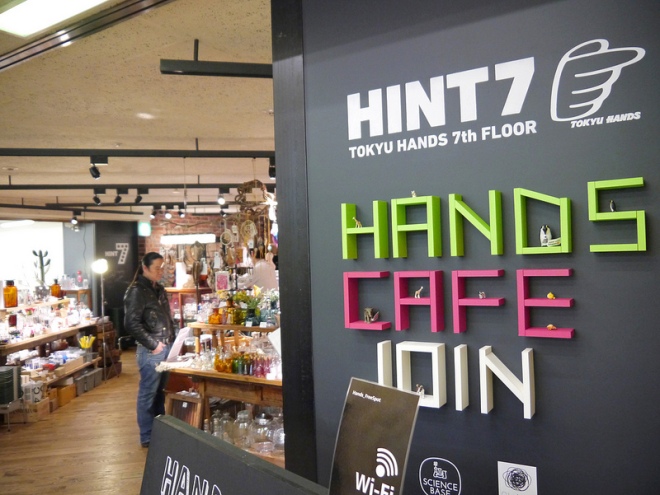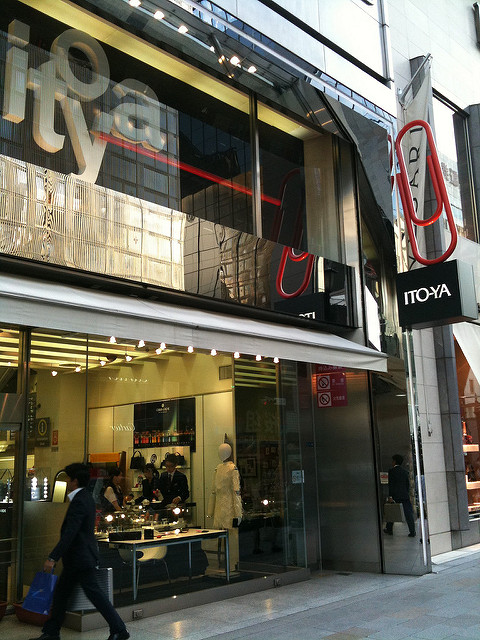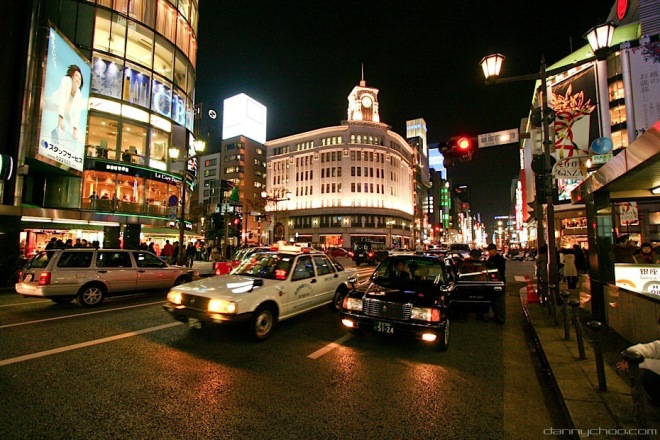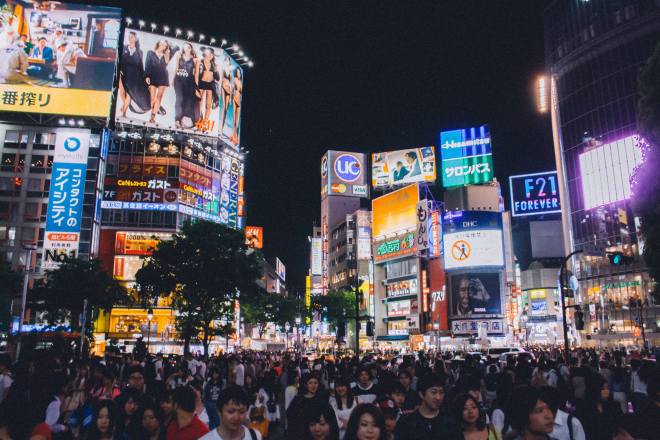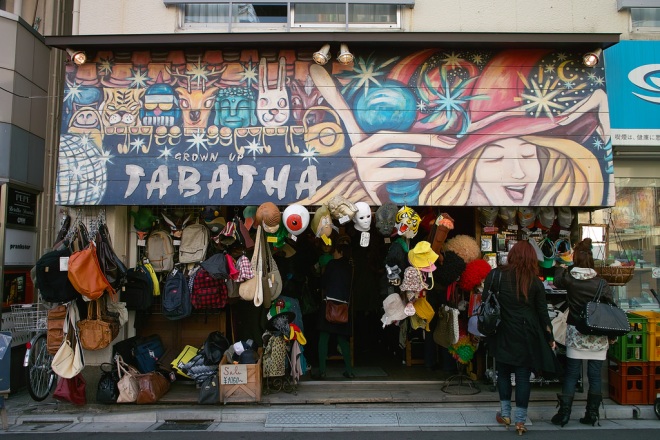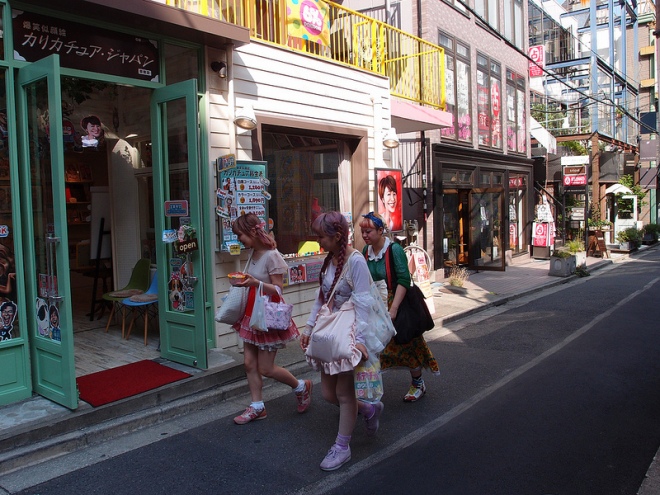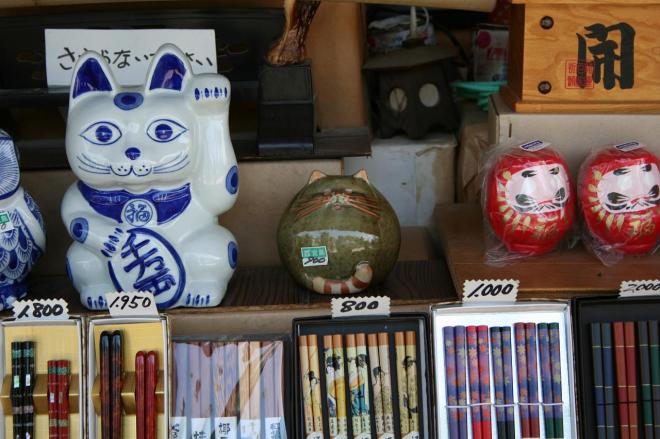You’ve seen your friends flood Instagram and Facebook with photos all the way from Europe to the Scandinavian islands, or they could just be traveling in the neighboring countries just outside our little red dot; scrolling through endless posts to see weekend getaways to Johor Bahru and Batam while you’re still stuck here in Singapore, wishing that time could pass and you could travel too. You get it – Any other country except Singapore.
Living in the social media era, traveling is never really complete without posting a couple of photos, isn’t it?
For those who have that burning desire to update your social media platforms without having any new photos because you can’t afford the time or the money, here’s the place! You could travel around Singapore in just a day for 9 Insta-Worthy landmarks!
1. Rosengarten Auf Dem Beutig, Baden-Baden, Germany
Visit the Gardens By the Bay of Germany, where enthusiasts frequent and deem as the secret rose capital of this country.
Fun Fact: Enthusiasts see Baden-Baden as the secret rose capital of Germany.
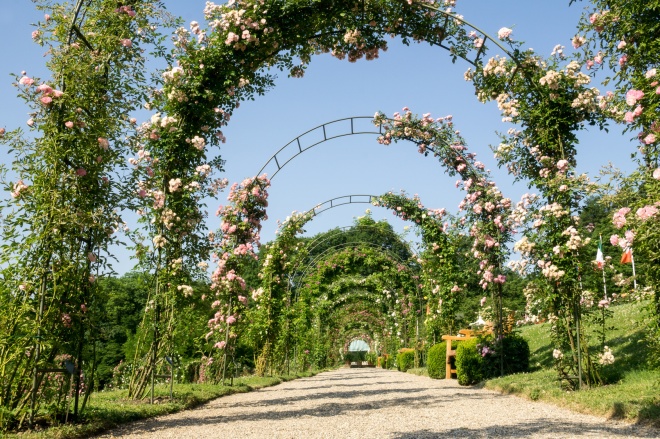

Germany Experience: Rhine Valley Tour
Location: Japanese Cemetery Park
Nearest MRT: Serangoon
2. Burma Railway, Thanbyuzayat, Myanmar
Also known as The Death Railway connecting the border of Burma (currently known as Myanmar) and Thailand devised by the Japanese Army during the Second World War to transport troops and supplies from Bangkok back to Burma.
Fun Fact: One man died for each wooden sleeper. This was one of the most tragic yet “forgetten wars”.
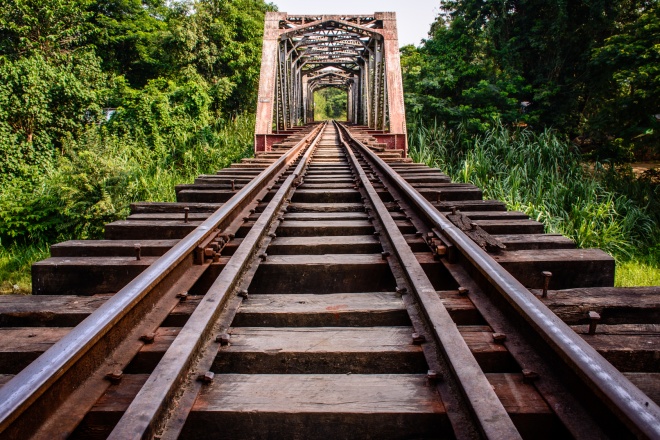
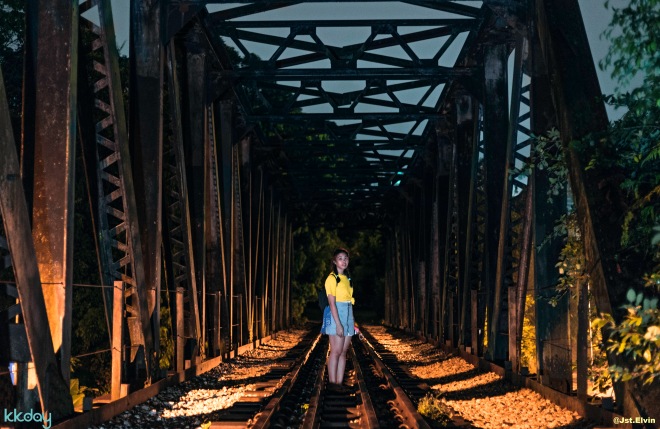
Myanmar Experience: Half Day Tour of Mingun
Location: Bukit Timah Railway
Nearest MRT: Hillview
3. Hakone, Tokyo, Japan
Famous for their “Floating” Torri, it has been designated as a Geopark by UNESCO for its unique flora and fauna. Hakone has flourished as a favorite spa destination, and still attracts many visitors from all over – there are more tourists than locals.
Fun Fact: There’s a belief that Owakudani, a crater that was created by the last major eruption of Mount Hakone 800 years ago, is known for its healthy eggs that add 7 years to your life.
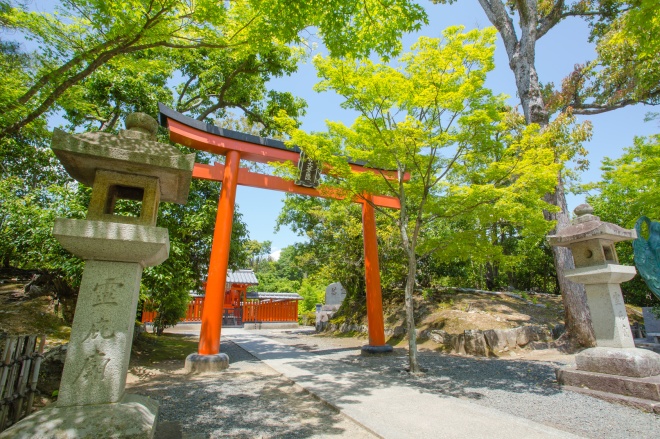

Japan Experience: Kimono Experience
Location: Japanese Garden
Nearest MRT: Chinese Garden
4. Petite France, Korea
Located near Nami Island, this French cultural village is located in the countryside, consisting of 16 different French-style building.
Fun Fact: Petite France was featured on many dramas and variety shows such as Beethoven Virus, Secret Garden, My Love From The Star.


Korea Experience: Petite France
Location: Clarke Quay
Nearest MRT: Clarke Quay
5. St. Kilda, Melbourne, Australia
You can’t visit St Kilda and not take a stroll along the Pier. It would be like going to Vegas and not going into casinos or playing roulette.
Much loved by many visitors and locals, St. Kilda is Melbourne’s seaside playground where it is renowned for its extensive beach activities, stunning sunsets and most importantly, FOOD! My tummy’s grumbling!
Fun Fact: St. Kilda was Melbourne’s ‘red light’ district’ following the Second World War.
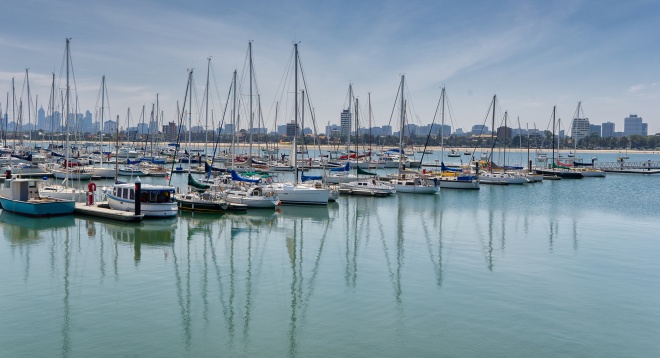
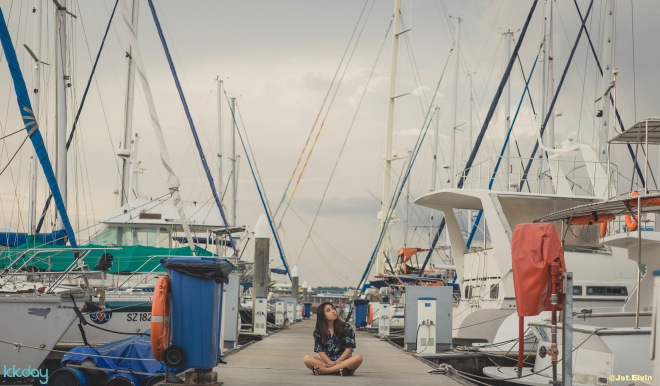
Melbourne Experience: Mornington Penninsula Tour
Location: Raffles Marina
Nearest MRT: Tuas Link
6. Zhan Yuan Garden, Nanjing, China
Zhanyuan Garden is the only well preserved Ming-style architectural complex with the longest history in Nanjing City
Fun Fact: The garden was named after a famous Chinese poem in which translates to “one feels like in heaven when looking up (‘zhan’ in Chinese) the beautiful house”
China Experience: Shanghai Disneyland Tickets
Location: Chinese Garden
Nearest MRT: Chinese Garden
7. Kowloon, Hong Kong
Ah, we’ve come to the land of Hypebeast. They even have a street entirely filled with sneakers (yes they do), and it is named “Sneakers Street”.
How do we describe Hong Kong in a sentence? It’s part capitalist, part communist, basically built on a rock and it is well-known in Asia for police-crime related drama serials and movies.
Fun Fact: Hong Kong has the most skyscrapers in the world, surpassing what we thought would be New York City.



Hong Kong Experience: Peak Tram and Fast Track Package
Location: Along the streets of Chinatown
Nearest MRT: Chinatown
8. Milatos Cave, Crete, Greece
If you’re looking for a place that tells tales, this is the one – Rich in history and of sentimental importance for the locals, 3,600 people were slaughtered in this very cave by the Turks during the Revolution times. A White Chapel is then built to commemorate this tragic incident.
Fun Facts: Some of those victims’ remains still lie deep in the cave which is only accessible by ropes and harnesses.


Greece Experience: Tour to Ancient Thera
Location: Sentosa
Nearest MRT: Harbourfront
9. Krabi, Thailand
A less crowded version of Phuket and arguably the most relaxing part of Thailand where it has such magnificent scenery and sunsets, beautiful white beaches that stretch from one end to the other. The best part – it also has almost every water and physical activity you can think of off the top of your head.
Fun Facts: Krabi is possibly Thailand’s oldest history of continued settlement where much of the province consists of several national parks, with over 200 islands off its coast.

Krabi Experience: Krabi 4 Islands Day Tour
Location: Siloso Beach, Sentosa
Nearest MRT: Harbourfront
10. Dragon & Tiger Pagodas
Sick of the city life in Taipei? Take a train ride to the South and find yourself in Kaohsiung, the second largest city in Taiwan. Kaohsiung has so much to offer, from fresh local produce and cultural knowledge, we are ready for a new side of this foodie-heaven.
Fun Facts: There is a sign outside the pagodas that tells you to enter through the dragon’s mouth and come out from the tiger’s mouth, it is said to get rid of your bad luck and increase your good luck.

Kaohsiung Experience: Kaohsiung City Day Tour
Location: Chinese Gardens
Nearest MRT: Chinese Gardens
Do not hesitate to Spread the love and share this article with other fellow Singaporeans too!
For more travel experience promotions, follow KKday on Facebook and Instagram.











